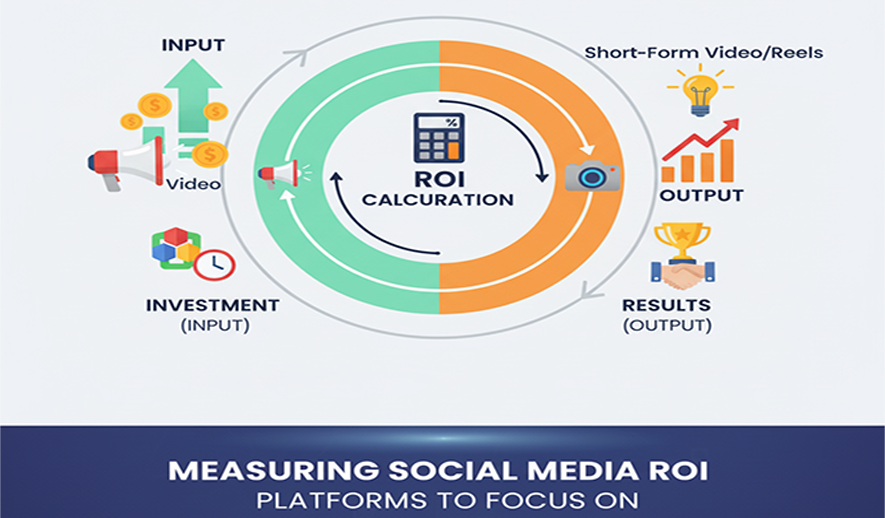
Measuring Social Media ROI
Measuring Social Media ROI has moved beyond simply calculating immediate sales; it's a holistic process that evaluates how social media contributes to wider business objectives like brand awareness, lead generation, customer loyalty, and cost savings. The key is to stop focusing on vanity metrics like "likes" and follower counts in favor of meaningful, trackable KPIs.
The ROI measurement framework
To effectively measure your social media ROI, follow these steps:
- Define your goals: Begin with a clear purpose, using the SMART framework (Specific, Measurable, Achievable, Relevant, and Time-bound). For example, rather than a generic goal of "more engagement," aim to "Increase Instagram engagement by 20% in the next three months".
-
Determine your KPIs: Align your Key Performance Indicators (KPIs) with your defined goals.
- Revenue: Track revenue from direct e-commerce sales, subscriptions, event registrations, and lead conversions from forms.
- Cost: Use metrics such as Customer Acquisition Cost (CAC), Cost Per Lead (CPL), and Return on Ad Spend (ROAS).
- Value: Assign a monetary value to actions like lead submissions, sign-ups, or software downloads using historical data or estimates.
- Brand Growth: Measure metrics like brand mentions and social share of voice to benchmark against competitors.
-
Calculate all costs: Include all time and money invested in your social media efforts, not just ad spend.
- Time: Factor in employee time spent on content creation, strategy, and community management.
- Production: Account for costs related to creative assets like photos, videos, and graphic design.
- Tools: Include subscription costs for social media management and analytics software.
-
Use the ROI formula: Once you have your revenue and cost figures, use the following formula to calculate your social media ROI:
(Revenue Generated - Total Investment) ÷ Total Investment x 100 - Utilize advanced attribution: Modern customer journeys involve multiple touchpoints, so single-touch models (last click) are often inaccurate. Instead, use multi-touch attribution models to distribute credit across all interactions that led to a conversion, such as:
